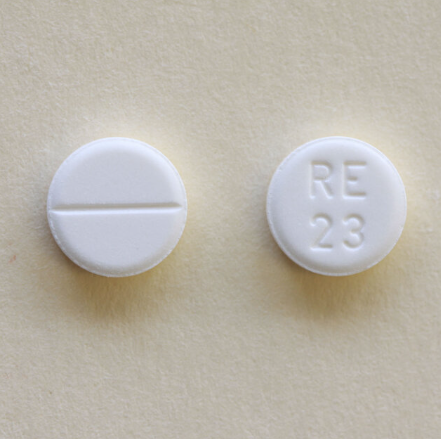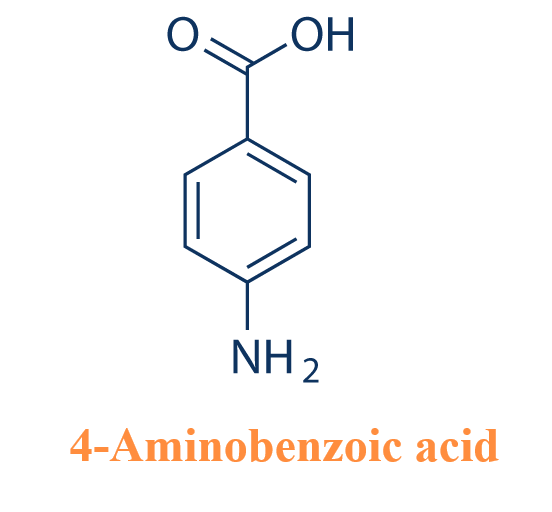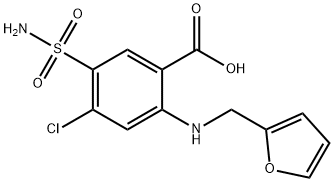Furosemide: Mechanism of action, Metabolism, and Pharmacologic effects
Aug 27,2024
Introduction
Furosemide is the most widely studied loop diuretic in neonates, yet its use remains controversial. A recent meta-analysis has reviewed several trials that studied the risks and benefits of systemic furosemide on preterm infants with BPD. A minimal effect was observed with enteral furosemide in preterm infants <3 Weeks of age. Chronic administration of furosemide for a week improved pulmonary compliance, oxygen requirement, and minute ventilation in preterm infants >3 weeks of age with BPD. Despite these responses, no beneficial effect was observed in the duration of oxygen requirement, weaning off mechanical ventilation, duration of hospital stay, incidence of BPD, long-term outcome, and mortality.

Properties
Furosemide is an ototoxic diuretic. It has the following properties: (1) Furosemide in ototoxic doses (>85 to 90 µg/mL) causes a reversible reduction of the endocochlear potential and endolymph potassium concentration. (2) Furosemide differentially reduces the eighth nerve action potential amplitude without much change in the cochlear microphonic potential. (3) A combination of furosemide and kanamycin increases ototoxicity in animals. Ruggero and Rich (1991) found that furosemide reversibly altered the responses to tones and clicks of the chinchilla basilar membrane, causing response-magnitude reductions that were largest (up to 61 dB, averaging 25–30 dB) at low stimulus intensities at the CF and small or nonexistent at high intensities and at frequencies far removed from CF.
Mechanism of action
Furosemide is a sulfonamide derivative and is the most commonly used diuretic in the neonate. By blocking the NaCl reabsorption by the Na/K/2Cl symporter in the thick ascending loop of Henle (TAL), furosemide, and other similar “loop” diuretics can produce highly efficacious diuresis. In addition, furosemide induces increased prostaglandin E2 (PGE2) synthesis by renal cyclo-oxygenase 2. PGE2 is also a direct inhibitor of salt transport across the TAL. Also, it acts as a vasodilator to increase renal blood flow and glomerular filtration, thereby enhancing the diuretic actions of furosemide. Through such diuresis, furosemide decreases intravascular volume, increases systemic venous capacitance, and decreases lung lymph flow to decrease pulmonary interstitial fluid accumulation. In addition to its diuretic effect, furosemide-induced PGE2 synthesis also causes pulmonary vasodilation and decreases pulmonary interstitial fluid accumulation. Additionally, furosemide decreases inflammatory mediators such as leukotrienes and histamine in lung tissue.
Metabolism
Furosemide can be administered through enteral, intravenous, or intramuscular routes; oral bioavailability has been reported to be about 84% in term newborn infants. The usual dosage is 1 to 2 mg/kg intravenously, but it may also be given intramuscularly or orally. A study of 10 preterm infants whose mean GA at birth was 27 weeks showed that plasma T1/2 was greater than 24 hours in infants under 32 weeks and declined to approximately 4 hours by term-corrected age, implying that furosemide clearance increases with maturity.
Pharmacologic effects
Loop diuretics, including furosemide, inhibit the Na+/K+/2Cl− cotransporter concerned with the transport of chloride across the lining cells of the ascending limb of the loop of Henle (see Fig. 4-2). This site of action is reached intraluminally after the drug has been excreted by the proximal tubule. The effect of the cotransport inhibition is that chloride, sodium, potassium, and hydrogen ions all remain intraluminally and are lost in the urine, with the possible side effects of hyponatremia, hypochloremia, hypokalemia, and alkalosis. However, in comparison with thiazides, there is a relatively greater urine volume and relatively less loss of sodium. Venodilation reduces the preload in acute left ventricular (LV) failure within 5 to 15 minutes; the mechanism is not well understood. Conversely, there may follow a reactive vasoconstriction.
- Related articles
- Related Qustion
- Side effects of Furosemide Feb 24, 2022
Furosemide is the diuretic of choice in acute pulmonary oedema or other states of fluid overload (e.g. cardiac, renal or liver failure). It reduces intravascular fluid volume by promoting a rapid, powerful diuresis even in the presence of a
Supplementation with pyridoxal 5'-phosphate monohydrate can synthesize neurotransmitters such as dopamine and serotonin, maintaining a healthy nervous system.....
Nov 4,2025Biochemical Engineering4-Aminobenzoic acid, also known as p-aminobenzoic acid, abbreviated as PABA, is an acidic compound.....
Dec 16,2024APIFurosemide
54-31-9You may like
- Furosemide
-

- $0.00 / 10mg
- 2025-12-16
- CAS:54-31-9
- Min. Order: 10mg
- Purity: 90%+
- Supply Ability: 10g
- Furosemide
-

- $5.00/ KG
- 2025-12-16
- CAS:54-31-9
- Min. Order: 1KG
- Purity: 99% hplc
- Supply Ability: 500TONS
- Furosemide
-

- 2025-12-15
- CAS:54-31-9
- Min. Order:
- Purity: 0.99
- Supply Ability:






